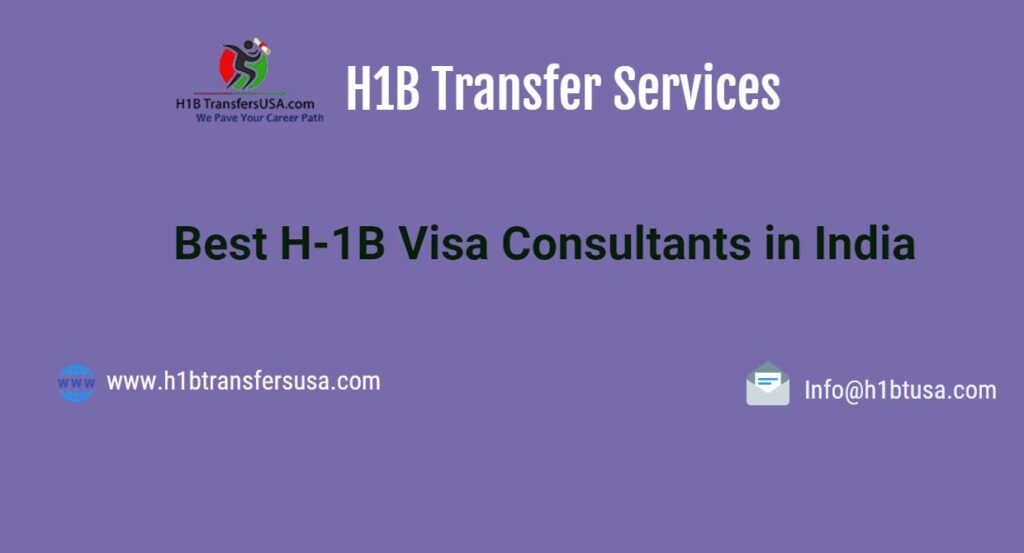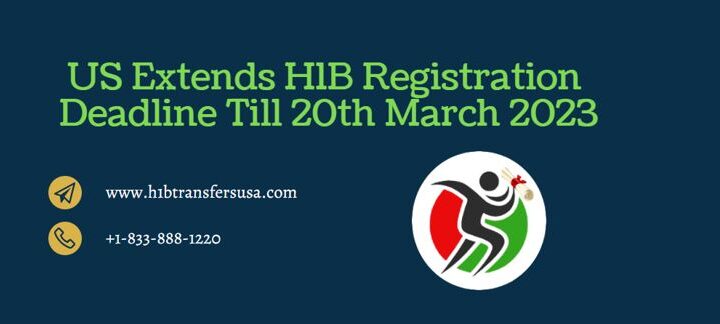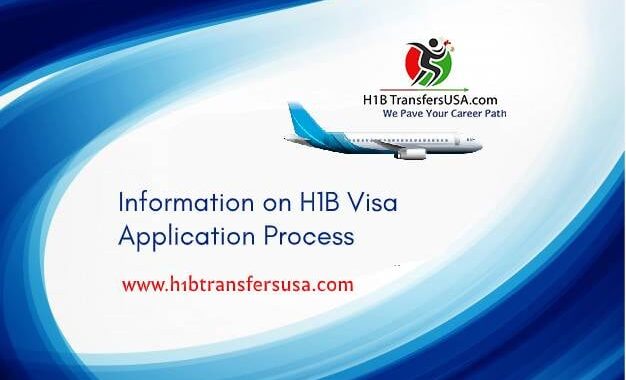Alternatives to H-1B Status for F-1 OPT Employees
4 min read
H-1B Status: The H-1B lottery for Fiscal Year (FY) 2023 was conducted in March 2022. USCIS got 483,927 H-1B registrations and initially selected 127,600 registrations, which is the projected amount needed to reach the FY2023 numerical allocations. There is a yearly limit of 85,000 H-1B visas per fiscal year, with 20,000 of those saved for people with U.S. Master’s degrees.
In the earlier two fiscal years, USCIS has conducted an extra a couple of rounds of the selection lottery in order to use all 85,000 H-1B visa slots. If there is an additional round for FY2023, this will be announced later in the year. While an extra lottery round is possible, there is no assurance that it will happen and it should not be relied upon as an option.
Employers with employees who were not chosen in the lottery for FY2023 might wish to consider whether there are alternative options to remain employed with the company. It is best to start this analysis as soon as possible, as some options may be time-sensitive.
H-1B Status for F-1 OPT Employees
The initial step is to determine when the employee’s work authorization ends. OPT employees on an F-1 or student visa will have a 12-month period of work authorization following graduation. A few employees might be eligible for 24 extra months as part of the STEM OPT program. To qualify, the employee must have an eligible Science, Technology, Engineering, or Math (STEM) degree and the employer must be enrolled in E-Verify. In either case, there will be a reasonable end date for their work authorization. The employer and F-1 employee need to identify and be aware of this data for planning purposes as well as to guarantee immigration compliance.
If the F-1 employee is not selected in the H-1B lottery and needs more OPT time remaining for another year in the lottery, employers might think about different choices for continued work authorization. There are a few different options to consider. For instance, the F-1 employee might be eligible to change to an alternate work-authorized type of visa.
O-1
The O-1 is a temporary visa status for people of extraordinary ability in the sciences, arts, education, business, or athletics. If the employee has critical and well-established achievements and advancements in the field, the employee might qualify for O-1 visa status. It requires that the individual be “extraordinary” and be at the very top of their field.
L-1
The L-1 is a nonimmigrant status that allows employees to work for a U.S. company if they have worked for a related company abroad. The connected organization should have a corporate relationship with the U.S. company. So it is only available for companies with multinational offices. The employee would have to work for the related company abroad for no less than one year. In either a specialized knowledge or managerial or executive position. After that period of time, the employee might meet all requirements for an L-1 visa. And would have the option to enter the U.S. to work for the U.S. company.
Country-explicit (TN/E-3/H-1B1) | H-1B Status
There are some temporary visa status types that are available just for individuals who have citizenship in specific nations. The TN, for instance, is available for citizens of Canada and Mexico. E-3 status is available for residents of Australia. H-1B1 status is available for residents of Chile and Singapore. The employee’s citizenship might allow them to seek after one of these status types.
In different cases, there might be different avenues to maintain work authorization. By looking for status through a family member or by returning to school.
[Six Things Every H1B Employer Must Include in Their Public Access Files]
Family
If the employee has a spouse that is working with a nonimmigrant status that allows for a dependent spouse to also receive work authorization. The employee might have the option to change status to dependent status. And file for work authorization through that dependent status. Common examples of this would be E-1, E-2, H-4, and L-2 dependent statuses.
Get back to school
In some cases, the employee may opt to return to school to pursue a higher degree and may. At some point, receive an EAD through their new academic program. In situations where the employee returns to school, there should be a genuine aim to seek a further degree. This should not be used to fill a regular position but rather an internship-type role.






